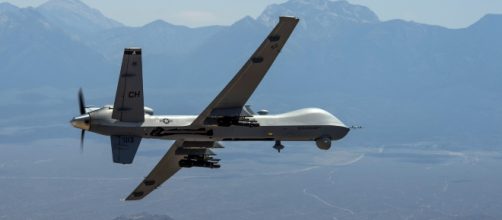In the war on terrorism, strategies and tactics change by the day, and new threats emerge all the time. This requires a new approach and new countermeasures to stay one step ahead of the enemy.
For over 2 years now, ISIS has used drones for surveillance purposes until they found a new use for them recently-- according to The New York Times. Of late, they have taken the drone technology and managed to attach small powerful bombs and grenades--- now being used to hit ISIS targets.
So far, drone attacks by ISIS have been used on a number of occasions in Syria, Iraq, and Afghanistan, and the frequency of the attacks is increasing each day until the issue has now become a reason for concern.
The fleet of the ISIS drones has also increased.
Counter technology
Due to this worrying trend, the Pentagon has been working with Boeing, Raytheon, other armed forces departments and Silicon Valley to come up with ways to counter the persistent drone attacks. The New York Times has revealed that the classified project has been allocated a budget of close to $700 million to see it through to fruition.
Currently, the ISIS drones have killed an estimated 12 government soldiers in Iraq and wounded around 50, and the fatalities are on the rise, so something has to be done urgently. The Pentagon has now gone out on a limb to put an end to this serious threat.
Hard to kill
The Hard To Kill challenge was organized by Pentagon in New Mexico, with its main objective being to bring together the most promising technologies and tactics that can be used to take out ISIS drones.
Responding to questions about the challenge from The New York Times, the Pentagon confirmed that drones are built to be resilient and the challenge proved that they were not easy targets to destroy.
When asked if a solution was found, the Pentagon said that the technologies that were showcased were still 'immature', but with a few adjustments, research and further development, a solution was on the horizon.
Temporary solution
For now, until a permanent solution is found, American troops fighting ISIS are using various methods to ward off the ISIS drone threat, such as the use of cannons, jammers, and quadcopters which are rigged with explosives to destroy and disrupt the enemy drones.
The army has increased airstrikes targeting ISIS drone factories on the ground and their launch sites, as well as their operators, to bring down the threat to manageable levels.


